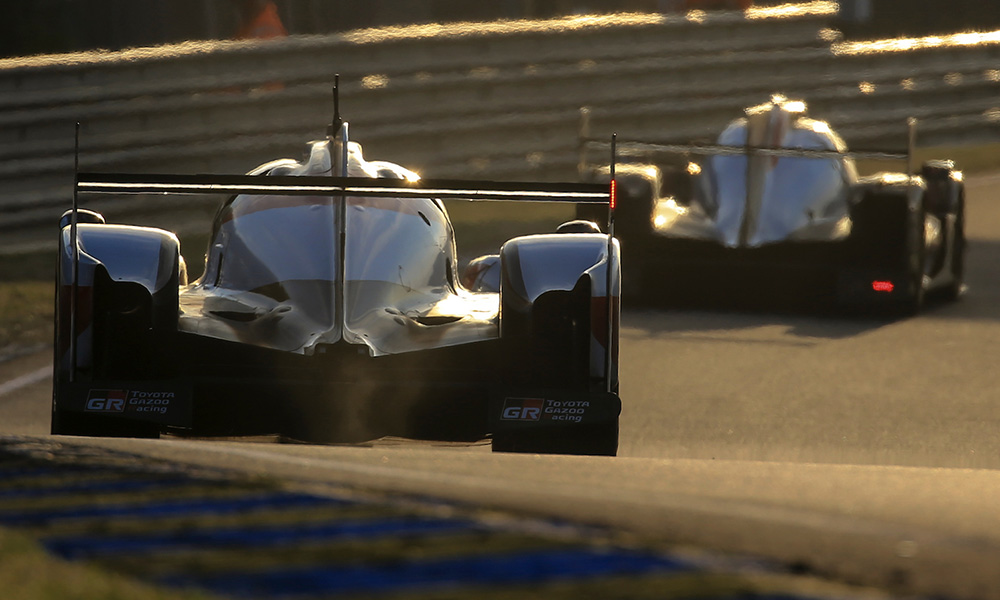
Photo: MPS Agency
The FIA World Endurance Championship has outlined how it will apply its Equivalence of Technology system in the LMP1 class next season.
A series of changes have been made to even up the competition between the Toyota TS050 Hybrids and the non-hybrid entries from Rebellion Racing and Team LNT.
The WEC has also introduced a much talked about “success handicap” to help ensure close competition in the top class throughout the season.
These updates come after Toyota Gazoo Racing dominated the 2018-19 campaign with its pair of cars finishing first and second in all but two of the races held.
One of the new EoT elements is the introduction of concessions in favor of the non-hybrids in the pits, with the Toyotas mandated to refuel one second slower than their rivals at each service.
The Toyotas and the non-hybrids will also be governed by fuel tank capacity adjustments.
This has been done to “ensure an equal number of laps per stint” at all rounds including the season-ending 24 Hours of Le Mans.
Previously, Toyota had a stint length advantage at Le Mans which often gave it the overall edge despite the non-hybrids offering comparative single-lap pace.
Additionally, it appears that the 14kg weight increase that Toyota received for this week’s Prologue pre-season test will be observed in all races this season.
The new success handicap system will alter the performance of the entire LMP1 field based on each car’s accumulated championship points.
It’s understood that this competition-leveling process will not be in place for Le Mans.
An FIA bulletin confirmed that all three LMP1 teams accepted the changes to the EoT regulations in time for their first application at Silverstone in September.

























